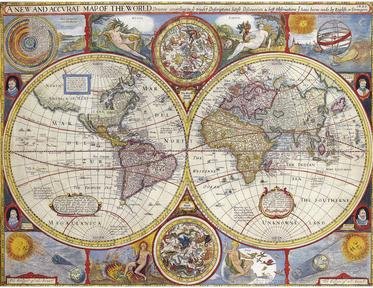Quiz Answer Key and Fun Facts
1. Mount Musala, the highest point of the Balkans, can be found in BLGR.
2. NDRR is a small principality located in the Pyrenees mountain range.
3. The island nation of CLND is known for its geysers and volcanoes.
4. Landlocked MLDV can be found sandwiched between Romania and the Ukraine.
5. The little country of LXMBRG shares its name with its capital city.
6. GRC is located in southern Europe and consists of thousands of islands.
7. CRT has a coastline on the Adriatic Sea.
8. The westernmost point of STR is where the River Rhine forms the border between it, Switzerland and Liechtenstein.
9. The Apennines mountain range is home to SNMRN.
10. MLT was awarded the George Cross by the United Kingdom in 1942.
Source: Author
Fifiona81
This quiz was reviewed by FunTrivia editor
spanishliz before going online.
Any errors found in FunTrivia content are routinely corrected through our feedback system.
